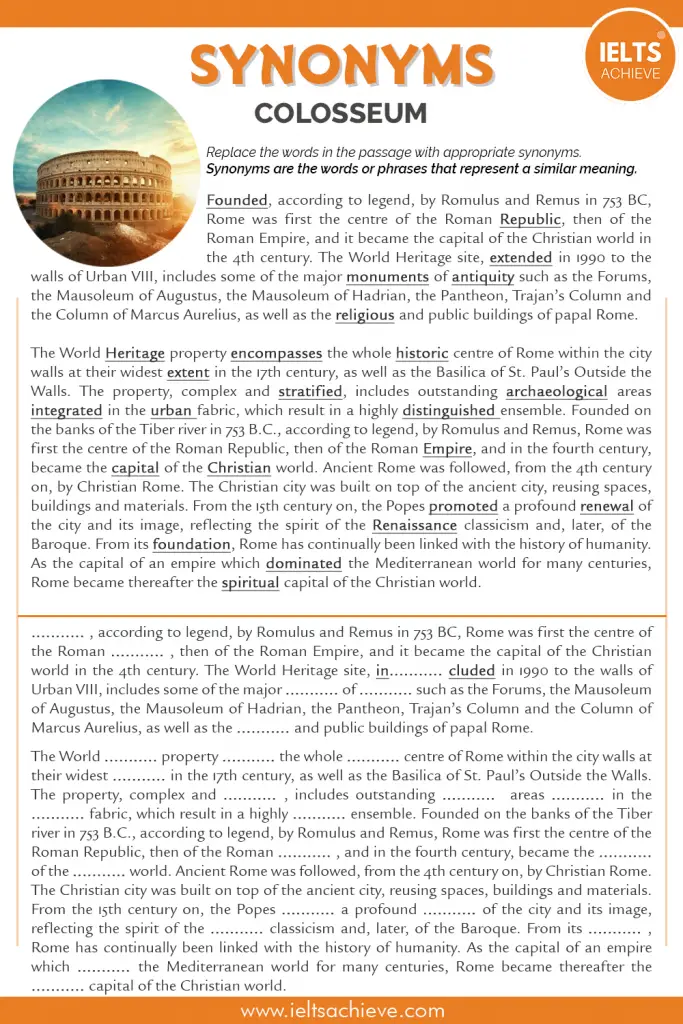As we navigate through the landscape of the English language, we encounter various symbols that aid us in expressing our thoughts more precisely and coherently. These symbols, ranging from punctuation marks to mathematical symbols, play a crucial role in shaping the meaning and interpretation of written content. In this guide, we’ll take a close look at these English symbols and their names, thereby expanding your understanding of this language’s visual components.
Punctuation Marks
Punctuation marks lend clarity and fluency to our written language by indicating pauses, separating clauses, and illustrating sentence structure.
Period (.): This symbol marks the end of a sentence.
(Example: “This is a sentence.”
Comma (,): The comma indicates a pause or separates parts within a sentence.
Example: “I have apples, bananas, and cherries.”
Exclamation mark (!): This is used after an interjection or exclamation.
Example: “What a beautiful sunset!”
Question mark (?): This symbol is used at the end of an interrogative sentence.
Example: “Are you coming to the party?”
Semicolon (;): A semicolon links two closely related independent clauses.
Example: “I have a big test tomorrow; I can’t go to the party.”
Colon (:): The colon is used to introduce a list, explanation, or quotation.
Example: “Here are the fruits I bought: apples, bananas, and cherries.”
Apostrophe (‘): This is used to indicate possession or the omission of letters or numbers.
Example: “It’s a beautiful day.” / “John’s book is on the table.”
Quotation marks (” “): These symbols enclose direct speech or quotations.
Example: “She said, “I’ll be there soon.”
Parentheses ( () ): Parentheses enclose additional or explanatory material.
Example: “I went to the store (the one on Main Street) to buy bread.”
Hyphen (-): This symbol is used to link words and parts of words.
Example: “She is a well-known artist.”
Dash (—): A dash is used to indicate a range or an interruption, or to introduce a pause in thought.
Example: “You are the one who—never mind, it’s not important.”
Explore more IELTS Listening Vocabulary Words>>
Mathematical Symbols
Mathematical symbols are used to represent mathematical operations and relationships.
Plus sign (+): Represents addition.
Example: 3 + 2 = 5
Minus sign (-): Signifies subtraction.
Example: 5 – 2 = 3
Multiplication sign (x): Indicates multiplication.
Example: 3 x 2 = 6
Division sign (÷): Used for division.
Example: 6 ÷ 2 = 3
Equal sign (=): Indicates equality.
Example: 1 + 1 = 2
Percentage sign (%): Represents a ratio per hundred.
Example: “20% of 100 is 20.”
Degree sign (°): Signifies degrees, as in temperature or angle.
Example: “It’s 90° outside.” / “Turn 90° to the right.”
Currency Symbols
Different symbols represent different monetary units in English.
Dollar sign ($): Represents the American, Canadian, Australian, and other dollars.
Example: “The book costs $20.”
Pound sign (£): Symbolizes the British pound.
Example: “The dress costs £30.”
Euro sign (€): Denotes the euro.
Example: “The shoes cost €50.”
Other Symbols
There are also several symbols used for other specific purposes.
Ampersand (&): Represents the conjunction “and”.
Example: “Johnson & Johnson”
At sign (@): Typically used in email addresses and social media handles.
Example: “Send an email to john@domain.com.”
Number sign (#): Also known as the hash or pound sign, used for numbering or on social media as a hashtag.
Example: “#ThrowbackThursday”
Asterisk (*): Used to denote a footnote, multiplication, or sometimes to censor offensive words.
Example: “He won the game*.” (*After a 3rd party player was disqualified.)
Understanding these symbols and their usage is a crucial part of mastering the English language. Whether you’re a language learner, an educator, or just a linguistics enthusiast, having a comprehensive knowledge of these symbols will surely enhance your linguistic skills.

We hope you found this post useful in helping you to study for the IELTS Test. If you have any questions please let us know in the comments below or on the Facebook page.
The best way to keep up to date with posts like this is to like us on Facebook, then follow us on Instagram and Pinterest. If you need help preparing for the IELTS Test, join the IELTS Achieve Academy and see how we can assist you to achieve your desired band score. We offer an essay correction service, mock exams and online courses.
